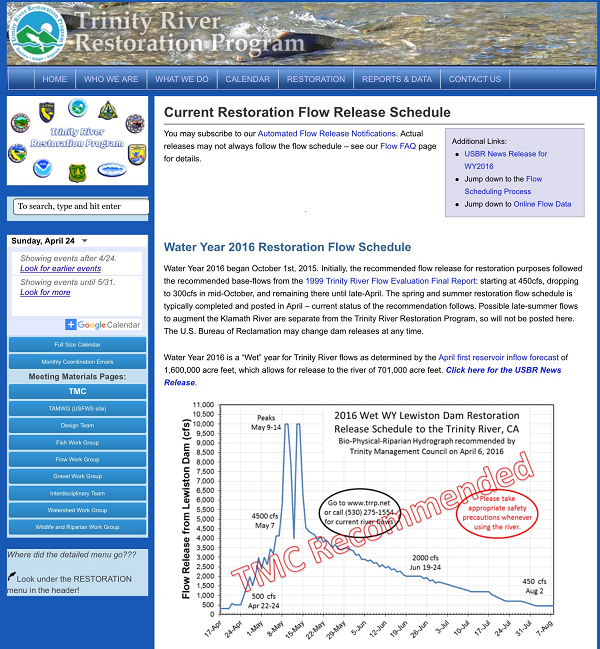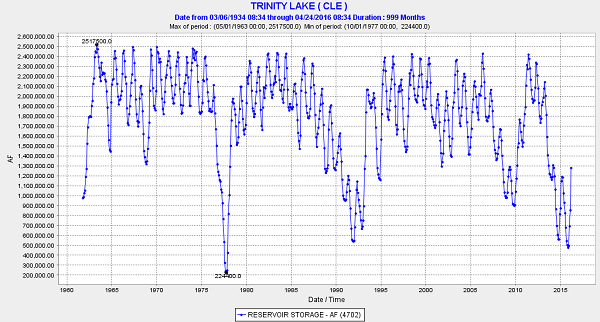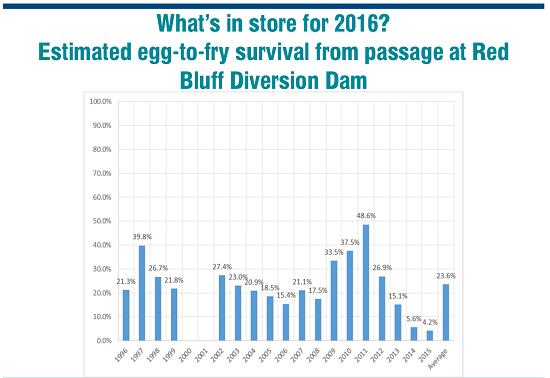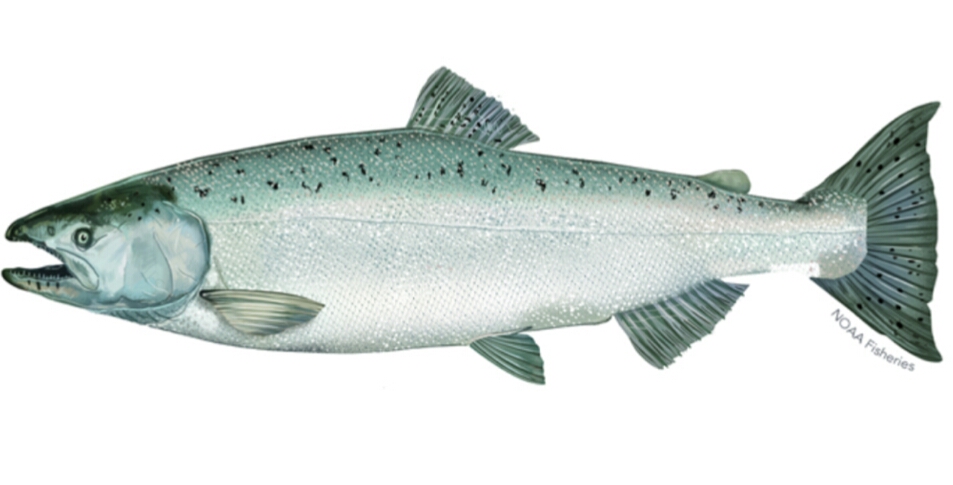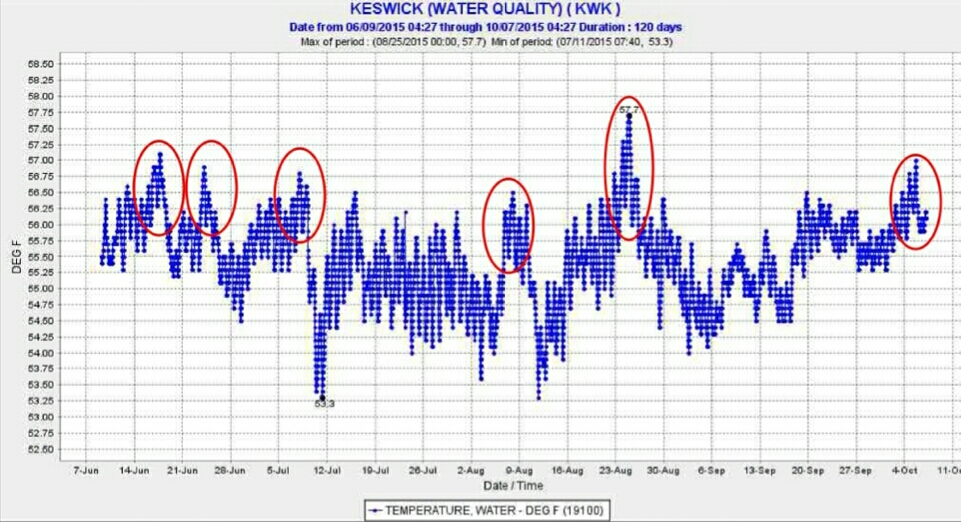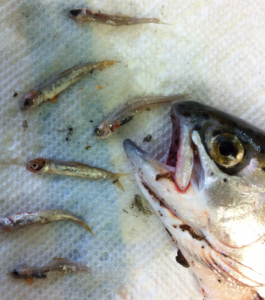The Golden Gate Salmon Association1 and other sport fishing and commercial salmon organizations are protesting the release of Feather River Fish Hatchery salmon smolts into the Feather River near Marysville. In 2016, all four major salmon hatcheries are releasing most of their fall-run salmon smolts into the rivers near the hatcheries. In the drier (and some wet) years of the past two decades, many hatchery smolts have been trucked to the Bay or west Delta and released there after holding in acclimation pens. With higher water releases in this wetter year, hatcheries will now depend on the smolts reaching the Golden Gate in the higher river flows (Sacramento 4500 cfs, Feather 3000 cfs, and American 3000 cfs).
Federal and State fisheries scientists continue to believe it is better to release the fall-run hatchery smolts in the rivers to reduce straying. This logic for this poor management strategy is weak, for the following reasons:
- The fall-run stocks are all of the same genetic makeup. Many runs, including those to the San Joaquin tributaries, depend heavily on hatchery fish that have strayed from other rivers. To think that high stray rates of fall-run is the paramount problem is simply crazy. In my own carcass surveys on the Yuba River (no hatchery) and the Cosumnes River (no dam or hatchery), almost all the fall-run were hatchery strays.
- Trucking the smolts to the Bay increases survival and fishable stocks in the rivers and the ocean 5 to 10 fold. The socio-economic benefits of salmon fishing depend almost entirely on trucking smolts. Without trucking, ocean and river fisheries will be closed, as occurred during the past decade.
- Releasing the smolts in rivers in late April and May is a waste of the resource because only a few percent reach the Golden Gate, compared with 99% that are trucked or barged. The rivers are too warm, even with this year’s higher flows. The Delta remains a black hole for hatchery smolts. Predators are much more active in spring than in the winter, when fall-run naturally migrate through the Bay and Delta. Feather River fall-run hatchery fry stocked in Yolo Bypass rice fields at the beginning of February smolted and emigrated by the first of March.
- Releasing smolts in the rivers only encourages and benefits predators, training them to feast in rivers on salmon rather than other normal prey, and increasing growth and survival of predators including birds, striped bass, pikeminnow, and black bass. Stripers now leave their normal habitats in the Bay and Delta for the feast in the rivers. Spawning stripers stay longer in the rivers, feeding on the smolt bounty. A recent video from the Feather River near the hatchery smolt release site shows stripers feeding on hatchery smolts, visual evidence of the negative aspects of the strategy.2 It does not take fishermen long to catch on either.3
- The hatchery smolts, including millions of steelhead yearlings, compete with and prey upon wild salmon and steelhead juveniles. The wild late-fall-run salmon in the Sacramento River and all the wild steelhead in the Central Valley rivers are all small fry in spring, and are tasty morsels for the big hatchery smolts.
If straying is such a concern of federal and state fisheries scientists, then why not barge the smolts from the rivers, through the Delta to the Golden Gate, as I have previously suggested?4 Otherwise these scientists should stop wasting tax dollars and license fees of California sport fishermen in the bad practice of releasing hatchery smolts in Central Valley rivers. Furthermore, federal, state and other biologists should quit blaming the problem on stripers that have been around for over a hundred years. Stripers are not as stupid as this hatchery strategy is.
- http://www.goldengatesalmon.org/state-decision-to-dump-salmon-opposed-by-salmon-fishermen/ ↩
- https://onedrive.live.com/redir?resid=91D259B8A50023B9!1825&authkey=!AN5Uz2tQpQnZHOg&ithint=video%2cMOV ↩
- IT’S ON – http://norcal.fishreports.com/fish_reports/6784876/its-on!.php ↩
- http://calsport.org/fisheriesblog/?p=725 ↩

